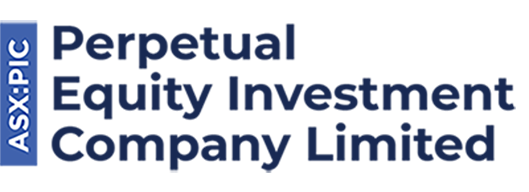
Sequencing risk refers to the order and timing of investment returns. It is especially relevant when the timing of negative performance significantly affects the overall value of a portfolio. An example would be the thousands of retirees who had the misfortune to be on the cusp of retirement in 2008 when the GFC hit.
Most investors took a hit during the GFC, but it was felt most keenly by those in pension phase. This is because a retiree in pension phase typically sells units in their investment portfolio on a regular basis to supply them with an income stream. If this coincides with a sharp drop in markets, more and more units must be sold to provide the same level of income. For example, two investors can experience the same average share market returns over a 20-year period and yet one of them may run out of money much sooner than the other in retirement. This is due to the timing of contributions and withdrawals. A portfolio is exposed to sequencing risk if there are contributions coming into a portfolio, or if withdrawals are coming out of the portfolio to fund retirement. A portfolio with no contributions or withdrawals has no sequencing risk.
Sequencing risk and retirement
Ultimately, the threat of sequencing risk is that large losses could occur in a portfolio at a time when it is difficult to recoup them. A 47-year-old who suffers significant portfolio losses has 20 years to recover before reaching the retirement age of 67, while the same situation is very different for someone in their 60s or recently retired. Such a setback could potentially force a retiree to return to the workforce or scale back their lifestyle in retirement plans. Sequencing risk is therefore greatest at, or near, retirement when savings tend to be at their highest value and a run of negative returns hardest to recover from.
Investors with a longer-time horizon to retirement may have higher exposure to growth assets like property and shares early in their working life but may reinvest these funds into more defensive assets like cash or fixed interest as they approach retirement. Retirees typically don’t have the luxury of waiting for their superannuation to recover from falls in the share market. It can take several years for share markets to recover from significant dips. This can be further exacerbated by the need to withdraw money from investments that are performing poorly, which may be more costly.
Managing sequencing risk
In order to mitigate sequencing risk, investors are encouraged to seek the council of a financial adviser. Most people approaching retirement will have a portion of their portfolio invested in equities, and it is this portion that is most vulnerable to sequencing risk and could be shifted to bonds and cash equivalents where appropriate. However, this strategy may present a challenge for investors who are dealing with underfunding or issues related to longevity risk. Moving all assets into lower-yielding cash-type assets may create the risk that the retiree outlives their funds. A financial adviser can assess these factors along with risk profile and the individual’s plans for retirement and suggest an appropriately diversified portfolio or managed risk product.
